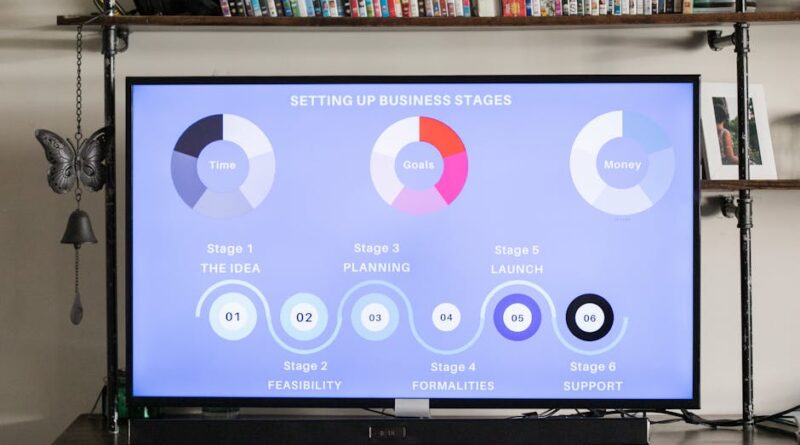Understanding the Impact of Screen Time on Eyes
Did you know that the average person spends over 7 hours a day looking at screens? that’s a lot of time! With phones, computers, and tablets becoming essential parts of our lives, it’s more important than ever to understand how this screen time affects our eyes. Lets dive into the topic and explore the impact of screen time on our vision.
What Happens to Our Eyes During Screen Time?
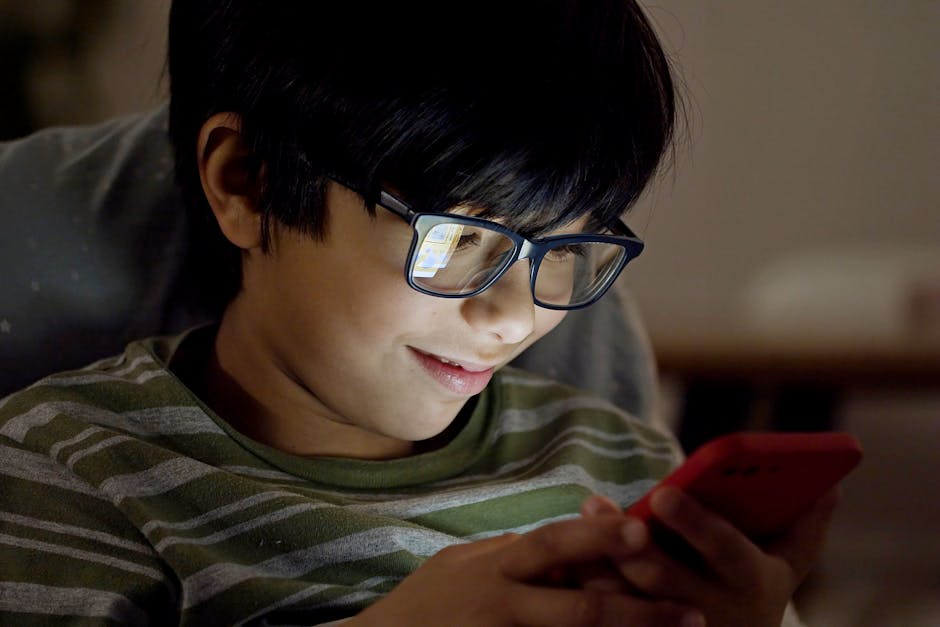
When we spend long hours staring at screens, our eyes can feel tired and strained. This condition is often called digital eye strain or computer vision syndrome. Symptoms can include:
- Dry eyes
- Blurred vision
- Headaches
- Neck and shoulder pain
Why do these symptoms occur? When we look at screens, we tend to blink less often. Blinking is crucial because it keeps our eyes moist and refreshed. When we don’t blink enough, our eyes can dry out and become uncomfortable.
How Does Blue Light Affect Our Eyes?
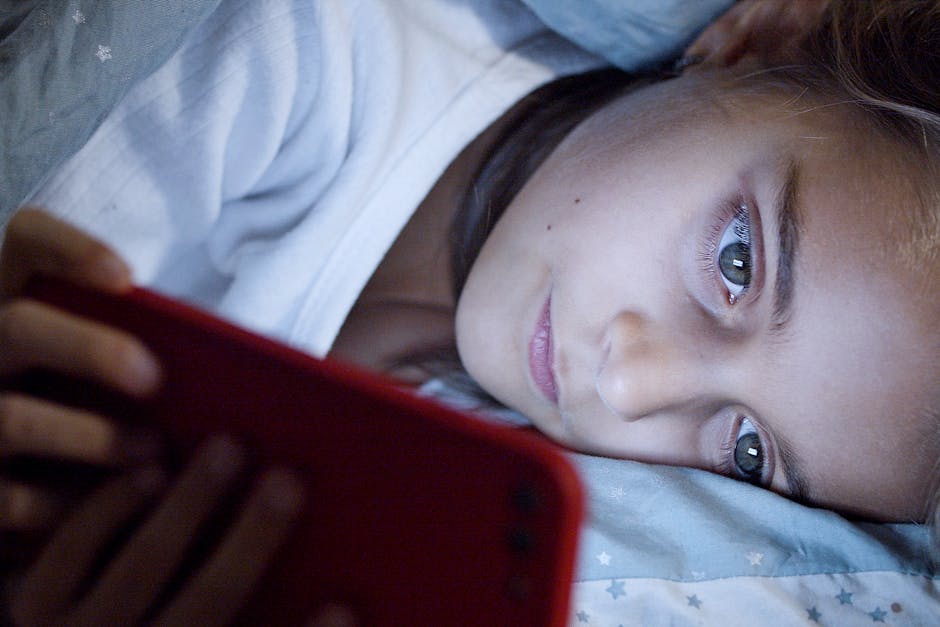
Many screens emit blue light. This type of light can interfere with our sleep and can also contribute to eye strain. Some studies suggest that excessive exposure to blue light may be harmful over time. This doesnt mean you need to ditch your devices, though. Here are some tips to protect your eyes from blue light:
- Use blue light filters on your devices.
- Wear glasses that block blue light.
- Take regular breaks from screens.
Can Screen Time Cause Long-Term Damage?
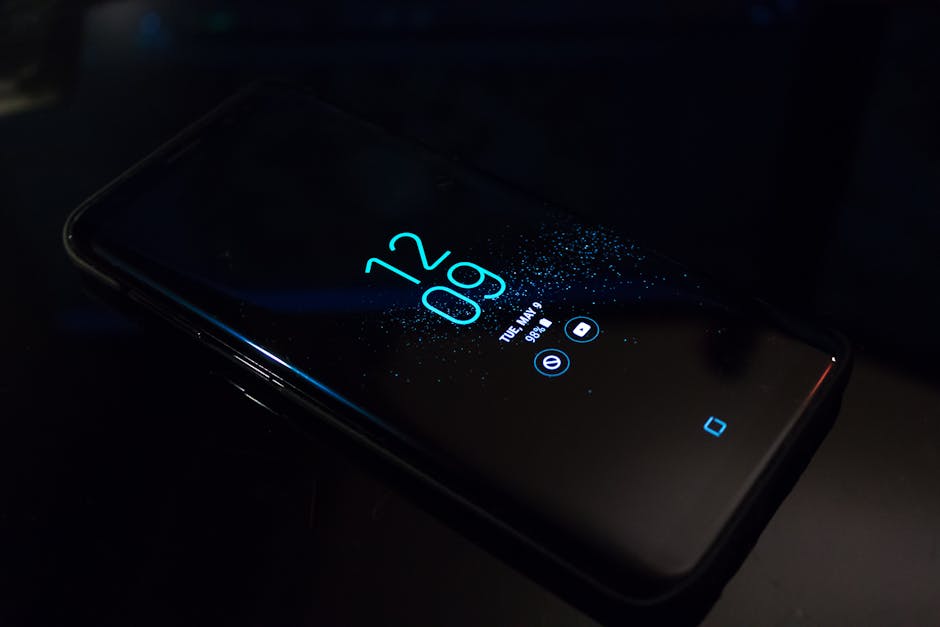
This is a common concern among many people. Research is still ongoing, but current studies suggest that the occasional screen time is unlikely to cause permanent damage. However, chronic overuse can lead to lasting issues like myopia, or nearsightedness. A study by the American Optometric Association found that people who spend a lot of time on screens are more likely to develop myopia.
So, what can you do to minimize risks? Simple adjustments can make a big difference!
What Are Some Easy Ways to Protect Your Eyes?
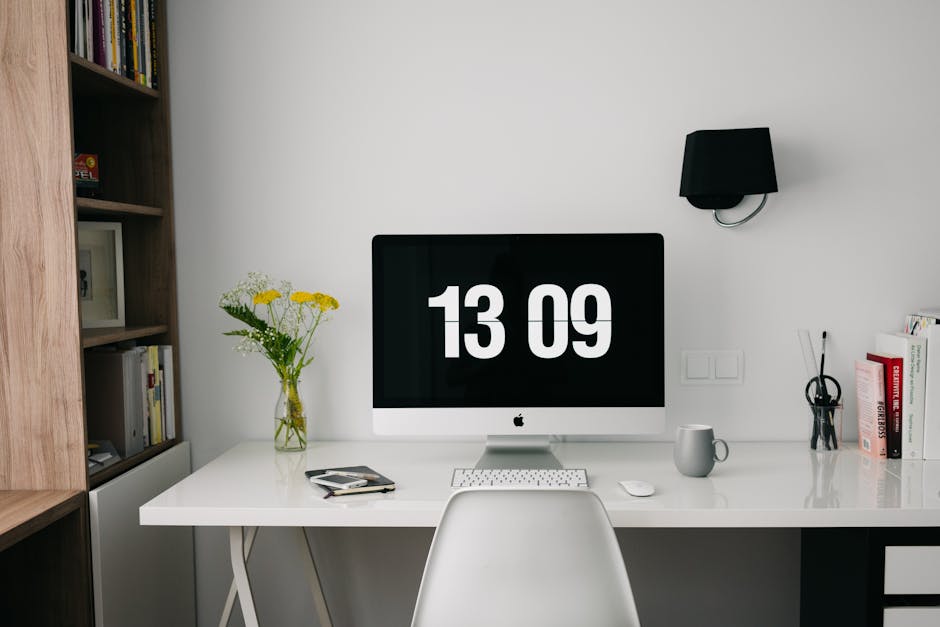
Here are some simple strategies to reduce eye strain and protect your vision:
- Follow the 20-20-20 rule: Every 20 minutes, look at something 20 feet away for 20 seconds.
- Adjust your screen settings: Increase text size and adjust brightness to comfortable levels.
- Keep a proper distance: Position your screen at least an arm’s length away.
- Use proper lighting: Work in well-lit areas and avoid glare on your screen.
What About Kids and Screen Time?
Children are increasingly exposed to screens. This raises concerns about their eye health. Pediatric eye doctor Dr. Jennifer S. Lee states, Limiting screen time and encouraging outdoor play can help maintain visual health in children. Research indicates that outdoor activities may help prevent the development of myopia in kids.
Parents can encourage healthy screen habits by:
- Setting time limits on devices.
- Promoting outdoor play.
- Engaging kids in activities that don’t involve screens.
Are There Benefits to Screen Time?
While it’s easy to focus on the negatives, screens also have positive aspects. They can enhance learning and keep us connected with loved ones. Video calls, educational apps, and online resources can be incredibly beneficial.
The key is balance. Use screens in moderation and combine screen time with other activities. This can help prevent eye strain while still enjoying the benefits of technology.
What Should You Do If You Experience Symptoms?
If you notice symptoms of eye strain, don’t ignore them. it’s important to take action. Here are some steps you can take:
- Rest your eyes by taking breaks.
- Consult an eye doctor if symptoms persist.
- Consider getting a comprehensive eye exam.
Experts recommend regular check-ups, especially if you spend a lot of time on screens. Your eye doctor can provide personalized tips to keep your vision sharp.
What Are Common Misconceptions About Screen Time?
Many myths surround screen time and eye health. Lets debunk a few:
- Myth: Screen time can burn your eyes. Fact: While screens can cause discomfort, they don’t literally burn your eyes.
- Myth: Wearing glasses will eliminate all eye strain. Fact: Glasses can help, but good screen habits are essential.
Understanding these misconceptions can help you make better choices about screen use.
How to Create a Healthy Screen Environment?
Creating a comfortable space for screen use can improve your experience. Consider these tips:
- Set up your screen at eye level to reduce neck strain.
- Keep your workspace well-lit to avoid glare.
- Organize your space to reduce clutter and promote focus.
What Are the Key Takeaways?
In todays digital world, understanding the impact of screen time on your eyes is crucial. Here are the main points to remember:
- Digital eye strain is common but manageable.
- Blue light can contribute to eye discomfort, so take precautions.
- Balance is essential; mix screen time with outdoor activities.
- Consult an eye doctor if you have persistent symptoms.
By following these tips, you can enjoy your time online without compromising your eye health. Remember, your eyes are important. Treat them well!
For more information on eye health, check out the American Academy of Ophthalmologys website: aao.org.
So, next time you pick up your device, remember these insights. Your eyes will thank you!
